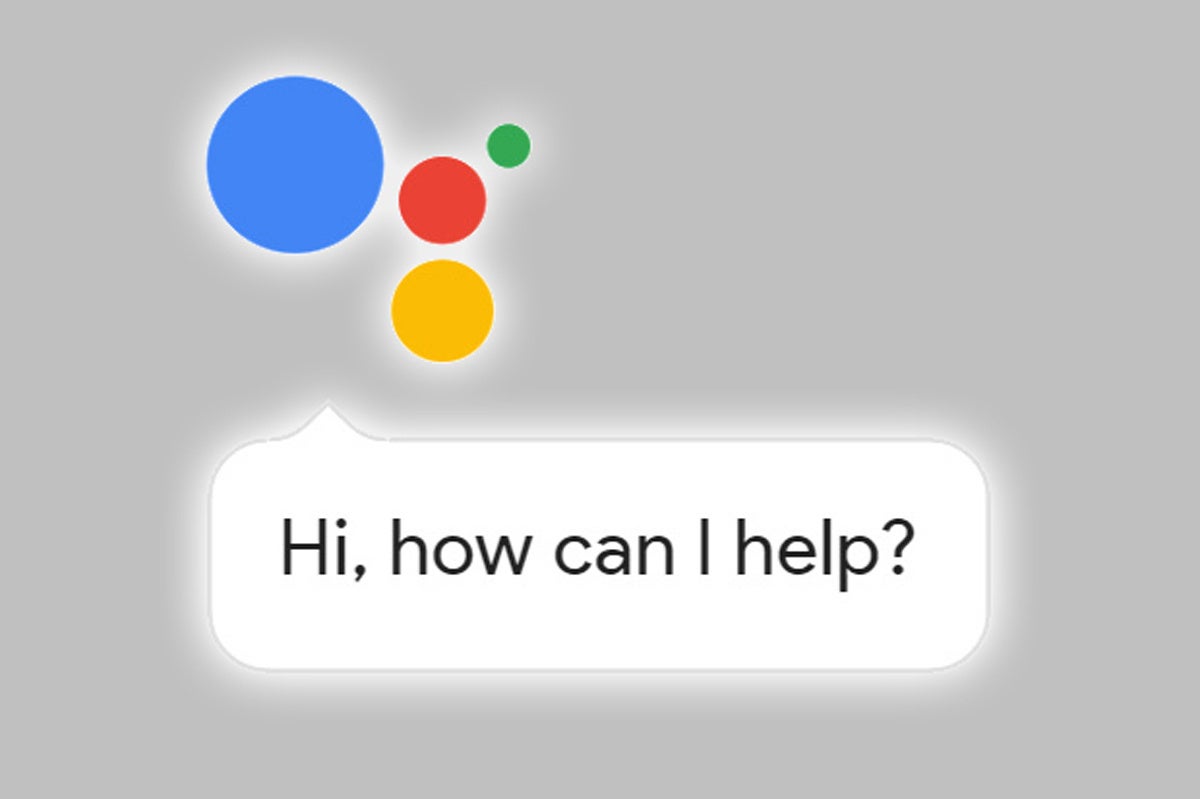Language models are improving rapidly and large context windows are becoming a reality, but many teams still run into the same persistent problem: when your data and prompt grow, model performance often drops, latency increases, and costs add up. Longer context alone isn’t the full solution.
What if instead of simply adding more tokens, we invented a new kind of language i.e. a language designed for context, memory, and retrieval that gives models clear instructions about what to remember, where to search, how to reference information, and when to drop old data?
Call it an “AI Language,” a tool that sits between your application logic and the model, helping bring structure and policy into conversation.
Why Longer Context Isn’t Enough
Even as models begin to handle hundreds of thousands of tokens, you’ll still see issues:
- Real-world documents and tasks are messy, so throwing large context blocks at a model doesn’t always maintain coherence.
- The computational cost of processing huge blocks of text is non-trivial: more tokens means more memory, higher latency, and greater costs.
- Many interactive systems require memory across sessions, where simply adding history to the prompt isn’t effective.
- Researchers are actively looking at efficient architectures that can support long form reasoning (for instance linear-time models) rather than brute-forcing token length.
What a Purpose-Built AI Language Might Do
Imagine an application that uses a custom language for managing context and memory alongside the model. Such a language might include:
- Context contracts, where you specify exactly what the model must see, may see, and must not see.
- Retrieval and memory operators, which let the system ask questions like “what relevant incidents happened recently” or “search these repos for the phrase ‘refund workflow’” before calling the model.
- Provenance and citation rules, which require that any claims or answers include source references or fallback messages when sources aren’t sufficient.
- Governance rules written in code, such as privacy checks, masking of sensitive fields, and audit logs.
- Planning primitives, so the system divides complex work into steps: retrieve → plan → generate → verify, instead of dumping all tasks into one big prompt.
How It Would Work
In practice, this new AI Language would compile or interpret into a runtime that integrates:
- A pipeline of retrieval, caching, and memory access, fed into the model rather than simply dumping raw text.
- Episodic memory (what happened and when) alongside semantic memories (what it means), so the system remembers across sessions.
- Efficient model back-ends that might use specialized sequence architectures or approximations when context is huge.
- A verification loop: if the sources are weak or policy violations appear, escalate or re-retrieve rather than just generate output.
What Problems It Solves
Such a system addresses key pain points:
- It prevents “context bloat” by intentionally selecting what to show the model and why.
- It improves latency and cost because retrieval is planned and cached rather than one giant prompt every time.
- It helps avoid hallucinations by forcing the requirement for citations or clear fallback statements.
- It provides durable memory rather than dumping everything into each prompt i.e. very useful for long-running workflows.
- It embeds governance (privacy, retention, redaction) directly into the logic of how context is built and used.
What Happens If We Don’t Build It
Without this kind of structured approach:
- Teams keep stacking longer prompts until quality plateaus or worsens.
- Every application rebuilds its own retrieval or memory logic, scattered and inconsistent.
- Answers remain unverifiable, making it hard to audit or trust large-scale deployments.
- Costs rise as brute-force prompting becomes the default rather than optimized context management.
- Compliance and policy come last-minute rather than being integrated from day one.
The Big Challenges
Even if you design an AI Language today, you’ll face hurdles:
- Getting different systems and vendors to agree on standards (operators, memory formats, citation schemas).
- Ensuring safety: retrieval systems and memory layers are new attack surfaces for data leaks or prompt injection.
- Making it easier than just writing a huge prompt so adoption is practical.
- Creating benchmarks that measure real-world workflows rather than toy tasks.
- Supporting a variety of model architectures underneath transformers, SSMs, future hybrids.
How to Start Building
If you’re working on this now, consider:
- Treating context as structured programming, not just text concatenation.
- Requiring evidence or citations on outputs in high-risk areas.
- Layering memory systems (episodic + semantic) with clear retention and access rules.
- Favoring retrieval-then-generate workflows instead of maxing tokens.
- Tracking new efficient model architectures that handle long contexts without blowing up costs.
Longer context windows help, but the next breakthrough may come from a declarative language for managing context, memory, retrieval, and governance. That kind of language doesn’t just let models read more but also it helps them remember smarter, cite reliably, and work efficiently.
In an era where models are powerful but context–management remains messy, building tools for context is the next frontier of AI development.
Bibliography
- Anthropic. (2024). Introducing Claude with a 1M token context window. Anthropic Research Blog. Retrieved from https://www.anthropic.com
- Bubeck, S., & Chandrasekaran, V. (2024). Frontiers of large language models: Context length and reasoning limits. Microsoft Research.
- Dao, T., Fu, D., Ermon, S., Rudra, A., & Ré, C. (2023). FlashAttention: Fast and memory-efficient exact attention with IO-awareness. Proceedings of NeurIPS 2023.
- Gao, L., & Xiong, W. (2023). Long-context language models and retrieval-augmented generation. arXiv preprint arXiv:2312.05644.
- Google DeepMind. (2024). Gemini 1.5 technical report: Long context reasoning and multimodal performance. Retrieved from https://deepmind.google
- Hernandez, D., Brown, T., & Clark, J. (2023). Scaling laws and limits of large language models. OpenAI Research Blog.
- Khandelwal, U., Fan, A., Jurafsky, D., & Zettlemoyer, L. (2021). Nearest neighbor language models. Transactions of the ACL, 9, 109–124.
- McKinsey & Company. (2024). The business value of AI memory and context management in enterprise systems. McKinsey Insights Report.
- Peng, H., Dao, T., Lee, T., et al. (2024). Mamba: Linear-time sequence modeling with selective state spaces. arXiv preprint arXiv:2312.00752.
- Rae, J. W., Borgeaud, S., et al. (2022). Scaling knowledge and context in large models. Nature Machine Intelligence, 4(12), 1205–1215.
- OpenAI. (2024). GPT-4.1 Technical Overview: Extended context and reasoning performance. Retrieved from https://openai.com/research
- Stanford HAI. (2024). The future of AI context: Managing memory, retrieval, and reasoning. Stanford University, Human-Centered AI Initiative.



![Natural Language Platforms: In-Depth Guide [2020 update]](https://blog.aimultiple.com/wp-content/uploads/2018/04/system.jpg)




.jpeg)

